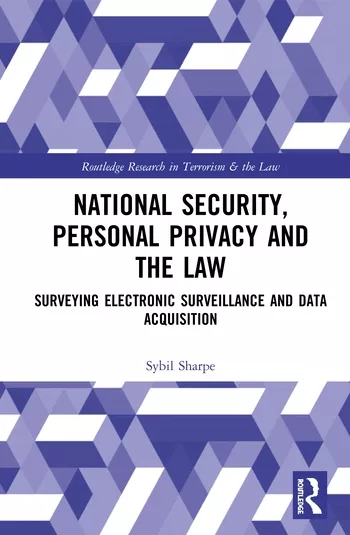The Communications Assistance for Law Enforcement Act: a Lesson from the Past


On a recent trip to Australia, I appeared on a National morning news show. It wasn’t long until the hosts were trying to get me to weigh in on a debate that was then raging in their legislature. The point of contention was the proper balance between privacy interests and the need for law enforcement and the intelligence community, in their battle against terrorism and other crimes, to intercept communications being shrouded with powerful encryption. [Sound familiar?] I acknowledged the consternation and hand-wringing then occurring in their country as familiar reactions.
Echoing the Philosopher George Santayana, I shared an experience from our U.S. past, when in 1994, the Voice-Over-Internet Protocol was emerging in the Telcom industry, engendering great concern on the part of Law Enforcement and the Intelligence Community that this new technology was going to undercut our ability to effectively monitor our adversaries. The Congress, the Private Sector, Law Enforcement, and Intelligence Community came together and worked collaboratively to formulate a solution about which there was considerable consternation – worries that if this legislation were enacted proverbial “dogs and cats” would start living together. The legislation, the Communications Assistance for Law Enforcement Act, or CALEA, was enacted; the provisions and oversight called out in the legislation engaged; and the feared consequences never experienced. Subsequently, CALEA has never been amended. However, in 2005 the Federal Communications Commission issued an order extending the coverage of CALEA to two-way interconnected VoIP and broadband Internet access, further preserving the ability of law enforcement to conduct lawful intercepts despite evolutions in network technology.
Under CALEA, a telecommunications carrier, including Internet Service Providers who provide paying subscribers with access to the public Internet, must essentially ensure that, when it is served with a court order for lawful surveillance, its network can isolate the communications of the criminal suspect, terrorist or spy identified, and deliver the communications to the law enforcement agency named in the order. The 1994 Congress was aware of the internet, but because the new computer-based medium was not at that time significantly used by criminals, and because political leaders wanted to let the nascent technology grow unfettered by regulation, they limited CALEA, exempting “information and electronic messaging services.” CALEA is now 25 years old and the internet – no longer a nascent service free from criminal or terrorist use. On the contrary, the nefarious actors now exploit the most advanced internet-based techniques in the planning and execution of their schemes – reason enough, for a public-safety minded community, to close the CALEA coverage divide, and something Congress could do by updating the old statute.
For those concerned about the possible encroachment on privacy interests, CALEA extends subscriber privacy protection at every stage of the intercept process:
The Technical Standard-Setting Stage. Industry lawyers and engineers craft intercept standards that limit solutions to delivering only the call content and call-identifying information required by CALEA Section 103. The standards also protect the privacy of non-suspect subscribers.
The Solution Development Stage. Equipment vendors design solutions that conform to industry standards or achieve the goals of CALEA Section 103 in other privacy-protective ways.
The Court Order Stage. Telecommunications carriers confirm the court order is properly authorized before implementing it.
The Implementation Stage. The intercept solution may be activated only when authorized by the carrier’s appointed officer or employee. When the solution is activated, the carrier controls the type of data transmitted to law enforcement and is required to employ security measures to prevent security breaches and privacy measures to keep the intercept confidential.
Shortly after my visit, the Australians passed new Encryption Laws. Now it may be time for the U.S. to take a lesson from our Australian friends.
Looking for a reprint of this article?
From high-res PDFs to custom plaques, order your copy today!








